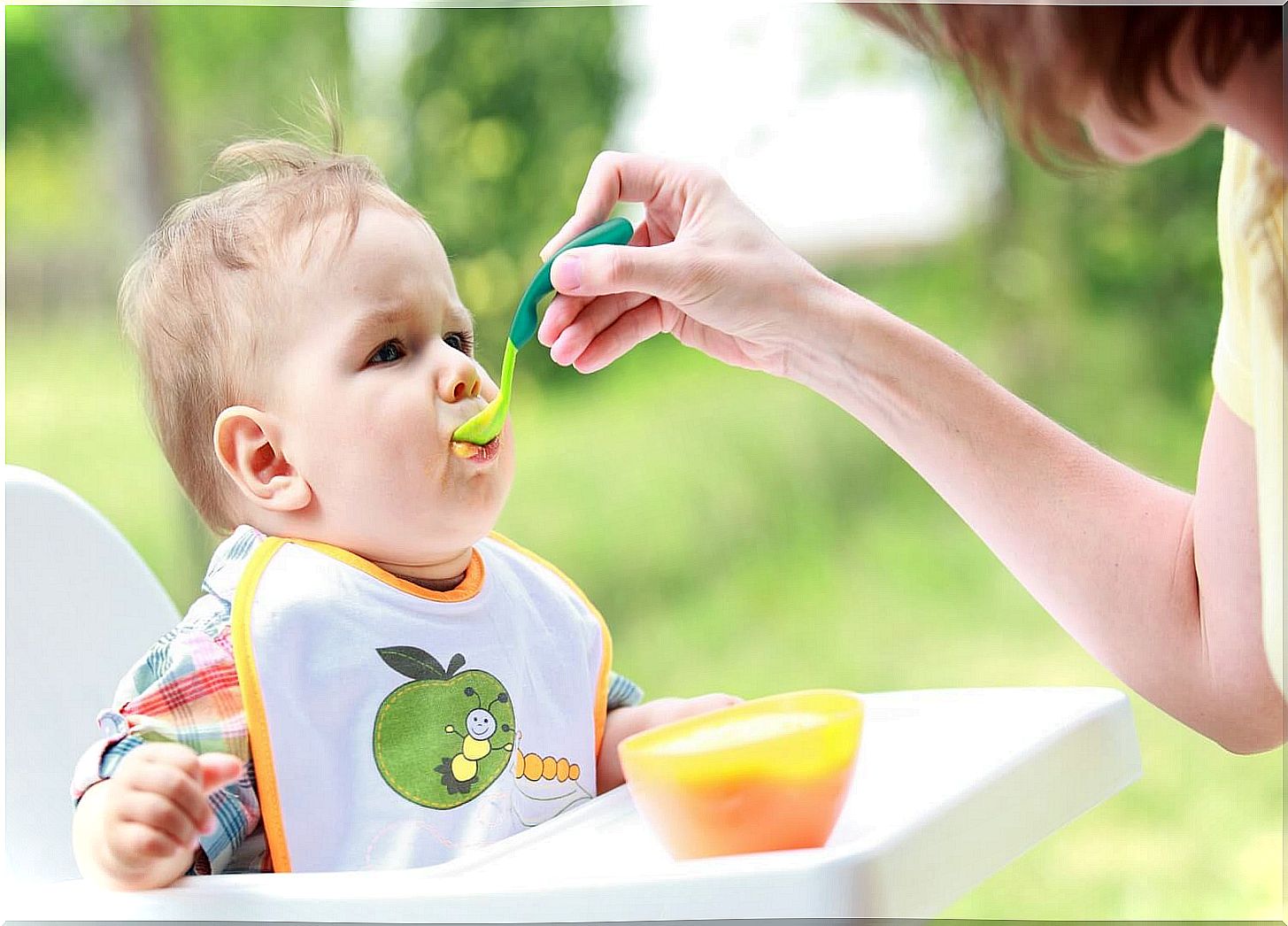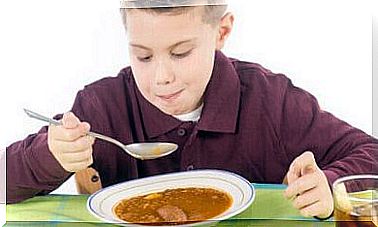Guide To Introducing Taste Portions

Feeding a baby seems easy, but in reality it is not. In the beginning, a baby’s diet is based solely on milk. The only decision you need to make is whether you want to give breast milk or compensation. After six months, and if necessary, you start supplementing with food in the form of flavor portions. It is now that you may start to worry about providing a better diet, introducing water as a beverage and trying to find out if there are any food allergies.
Taste portions
Children need breast milk or replacement to be able to develop and grow (during the first year of life). Children drink only breast milk during the first 6 months (a procedure that can be extended and combined with a supplementary diet, so-called taste portions, after this time). You can start with flavored portions at the age of six months but never before the age of four months.
The goal is not to replace breast milk, but rather to supplement it or the replacement. Breastfeeding is still important to satisfy hunger and meet the need for nutrition and the need for closeness, but for children to begin to experience new tastes, it is important to offer them new food as many times as required. This should be done with patience and without negative consequences if they initially refuse. Children must get used to new tastes, textures, mouth movements and learn to chew, etc.

If a child refuses to taste new food, whether it is because of taste or texture, do not worry and do not get upset. This will negatively affect the good relationship your child has with food. If your child does not want to eat anything, it is important that you just remove the bowl calmly and continue feeding as usual the next time. Try the same thing the next day, and the next, until it accepts. If you are patient, you will be surprised by the results.
What the tastings should look like
At 6 months of age, your baby does not have the ability to chew on its own. Therefore, it is important that you introduce new flavors in the form of mashed foods. Semi-solid purees are now being introduced to help children understand how to move their mouths and not just swallow without chewing. A little at a time, and as your child becomes more skilled, you can start adding pieces of soft food.
Every child is unique and you need to know your child in order to know how to eat best. Not all children accept pieces of food in their puree. They may refuse to eat or simply spit out the food. There are also children who put in the throat, with all the dangers this entails for their lives. Therefore, do not worry if you do not consider your child ready for semi-solid foods. Just continue with purees. The most important thing is that it is measured. It learns to chew soon enough.
To introduce samples, it is important that you also start letting the baby get acquainted with a spoon. Purees and mashed foods should not be served from a bottle as it does not give the child the opportunity to learn to eat with a spoon. You can use a bottle to give milk or gruel, but nothing else. Taste portions are best when given with a baby spoon.

Start with flavored portions
New foods should be introduced one at a time, and your pediatrician can give you a written guide on how to do this. Never introduce more than one new food at a time. This will not only be to limit the number of new flavors at once, but also to see if there are any allergies or intolerances. If you give too many new foods at once, you do not know which food gave rise to the reaction. Your child will not accept the new food right away, first he should be allowed to experiment with it.
Before giving your child a new food, you should note that its stool is normal, that it does not vomit, that no strange rashes appear on the skin and that it has no other symptoms. Each time you introduce a new food, you should take the same precautions to make sure that your baby accepts it well and that his body does not have any adverse reactions. If a strange reaction occurs, you should contact your pediatrician as soon as possible and remove the food from your child’s diet.
The types of food you are going to give your baby will have a specific order to follow as its stomach is still very sensitive. Address any questions you have about this arrangement with your pediatrician to know which foods to introduce first and which foods to wait with.









